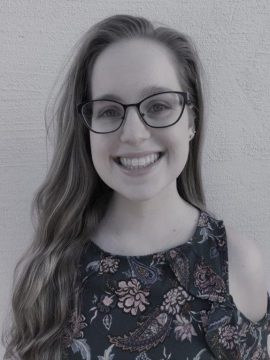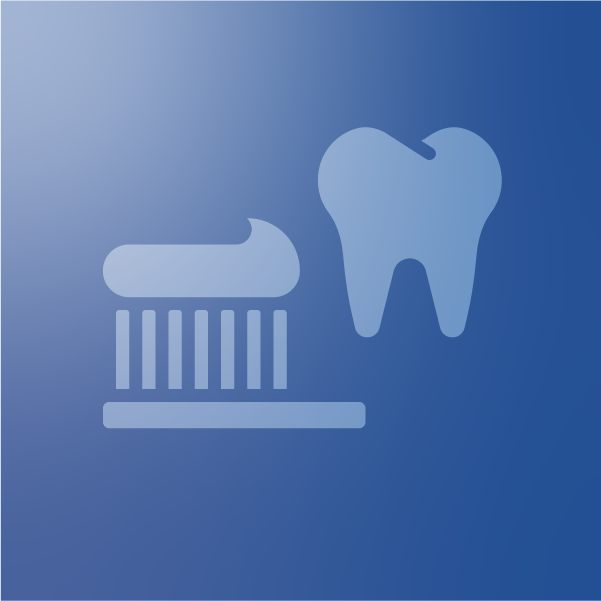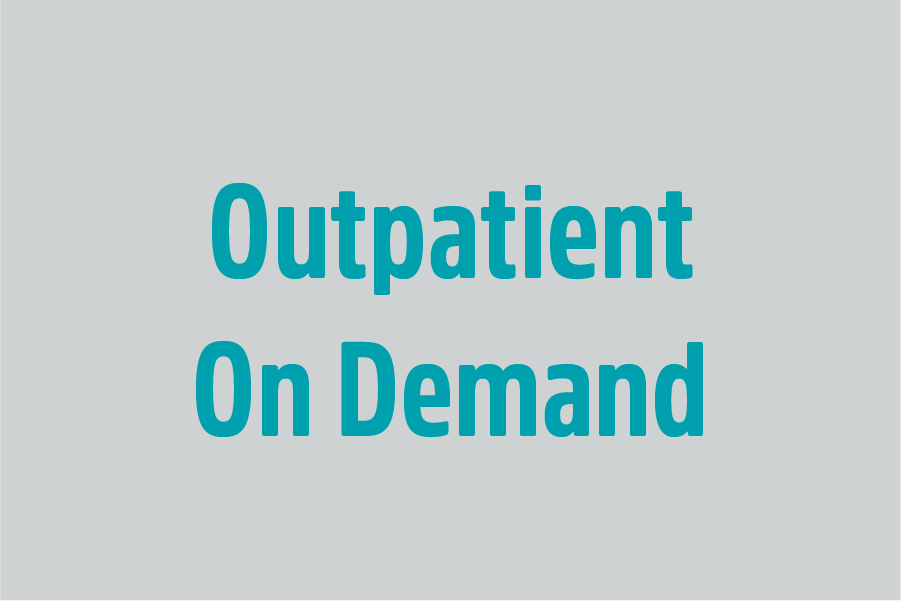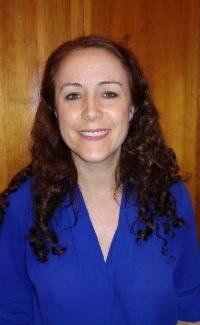 Carl Meyer, PT
Carl Meyer, PT
Marquette University, Milwaukee, WI — Grad Date: 05/08/2021
In the midst of the current health crisis and social justice demonstrations, I see a world needing communities to be filled with sparks, small bright lights that the darkness cannot overcome. Indeed, as I examine my own education, talents, and abilities, I know that it is not just an opportunity, but my responsibility to step into my community as this light, and I write this encouraged, knowing that I have been equipped by those who have come before me to be that exact spark in the community I call home.
As a physical therapy student at Marquette University, my work at the local Milwaukee Rescue Mission as the Sports and Recreation Coordinator has been a foundational piece of my education. My time at the Mission has opened my eyes to the health disparities in the inner city of Milwaukee; particularly among young African-American men and in the communities they call home. The first time I drove one of my high school students to his home in north Milwaukee, I encouraged him to get his ankle examined, as he had badly sprained it that day at our Youth Center. Laughing, and shaking his head, he told me that he’d never been to the doctor before, and he wouldn’t even know where to find one. As I watched him limp to his door, the reality of Milwaukee’s environment settled in and my passion was sparked, leading me to choose a career in the medical sciences to reduce health disparities in the impoverished communities of Milwaukee.
My passion for impoverished communities and my calling to these areas of need started long before Milwaukee. Growing up in Albuquerque, New Mexico, I was a minority in the diverse and ethnic landscape of New Mexico, often witnessing the hardships of my classmates, and the health disparities experienced by Native American and underserved classmates from the reservations and poor communities of the southwest. These childhood experiences became the foundation of my mission to serve the poor by reducing health disparities, and led me to Colorado State University.
In my time at Colorado State, I was able to experience leadership as an Intern for the Office of Admissions, as an Academic Success Coordinator for the Department of Health and Exercise Science, and as a Resident Assistant. Most importantly, however, was my undergraduate thesis, which was titled “Project Play: A Mission to Study and Improve Areas of Need for Health and Wellness in Homeless and Underserved Youth Populations.” My work was written after spending a semester working with youth at the Matthew’s House, an organization that provided programming for homeless and immigrant families in northern Colorado. If my foundation was forged in New Mexico, my vision was truly carved during my time in Colorado. After graduating as a cum laude Honors student with Dean’s List distinction, and
with the Myron Ludlow Brown and Eddie Hanna Awards, my experience at the Matthew’s House led me directly to Milwaukee, and into the ZIP code with the highest rate of incarceration for men in the nation.
At the Milwaukee Rescue Mission, I provide exercise and leadership programming for homeless youth at the Mission, as well as for local students. I have frequently witnessed the impact of health education on the outcomes of the inner city youth that I work with, and this service has given me the vision of how to use my education to be a part of the outreach in Milwaukee, with an emphasis on communities with health disparities due to socio-economic divisions. I was able to start a local mentorship program for area youth at the Mission, and as my education has progressed, my vision of how to make this goal a reality beyond graduation has coalesced. I see an incredible opportunity for physical therapy to provide low-income healthcare, at clinics with high accessibility, leading to the training that can make
community mentorship a reality.
My first year at Marquette only enhanced my awareness of these disparities through my work as a Student Physical Therapist at Marquette’s Pro Bono Clinic for the uninsured. Like the Mission, I have seen the hard realities of limited access to healthcare, including one gentleman who visited our clinic after suffering from crippling pain for years and came to our clinic as a last resort. Bringing access and resources to communities that lack both has the power to drastically improve quality of life, making the reduction of health disparities not simply an opportunity, but a matter of justice. As a service-oriented University, I found further opportunity at Marquette to practice leadership by being elected Vice President of my class, and as a WPTA Emerging Leader Nominee.
Given my experiences, without the traditional corporate limitations of healthcare, I truly believe that physical therapy can reduce health disparities in a unique and practical way. My vision is to supplement my clinical practice with an initiative called The Friday Project, a project crafted during my time at the Rescue Mission. Supplementing normal clinical income with grants, those physical therapists partnered with the initiative would be able to offer community health screens every Friday, along with youth mentorship activities, including job shadowing for local students and scholarship assistance. As experts in musculoskeletal conditions among a population in which millions suffer from chronic pain, I believe we carry the education to refer high need patients, and to economically help and treat all others, bringing equity to the communities that need it most. As doctors face increased demands on their time, in which patients get less and less time, physical therapy offers the opportunity to partner healthcare with the mentorship needed to truly treat the disparities we see in the clinic.
My connections to Marquette and the communities of Milwaukee have given me the passion and platform to increase healthcare access for those who are underserved, and this is why I am applying for the SPARC scholarship from Ensign Therapy. From my experiences, my hope is that you can see my desire to use any financial assistance with the gratitude and humility worthy of such generosity. While such generosity is not intended for repayment, if I am selected, you can be sure I would pay it forward. For this reason, I believe I would make an excellent candidate for your scholarship program, as my vision and action to reduce health disparities in the Milwaukee community are already being enacted in my education as a physical therapy student at Marquette University, and as I actively live out service
in the Pro Bono Clinic and at the Milwaukee Rescue Mission.
In this way, I do not have the opportunity, but rather the responsibility to use my education to be a spark for the communities of Milwaukee. This is why I chose my profession. It gives me the chance to be a light in the community I call my own. My passion for leadership and service centers on my belief in the power of education to help those who need it most, and my learning has been supported and guided by the power of a calling found and a goal pursued. This is the legacy and strength of the many leaders who have come before me, and they continue to teach me how to translate potential into selflessness Indeed, it is the first spark that brings the light.
“If I have been able to see further, it is because I have stood on the shoulders of giants.” ~ Isaac Newton
 When Sara Mohr, CFY at Sabino Canyon in Tucson, Arizona, was a SLP graduate student at the University of Arizona, the reality for those on modified diets became clear. Often a diagnosis of dysphagia brings confusion and worry. Getting modified diets right seems obvious, but actually can be quite hard. Options seemed few: mashed potatoes, blended meat and yogurt. She found few resources out there for patients in terms of appealing and tasty recipes with easy instructions for cooking and modifying.
When Sara Mohr, CFY at Sabino Canyon in Tucson, Arizona, was a SLP graduate student at the University of Arizona, the reality for those on modified diets became clear. Often a diagnosis of dysphagia brings confusion and worry. Getting modified diets right seems obvious, but actually can be quite hard. Options seemed few: mashed potatoes, blended meat and yogurt. She found few resources out there for patients in terms of appealing and tasty recipes with easy instructions for cooking and modifying.








